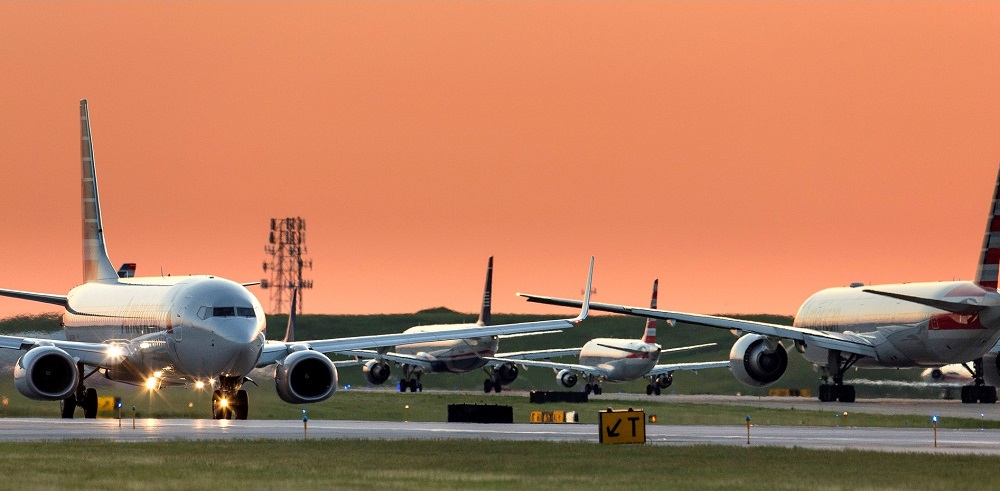US regulator contemplates warning about 5G impact on aircraft systems
31 October, 2021
4 min read
By joining our newsletter, you agree to our Privacy Policy


The US Federal Aviation Administration is reportedly preparing warnings to pilots and airlines about the potential impact of 5G wireless services on aircraft safety systems.
The Wall Street Journal reported over the weekend that the FAA has been drafting a special bulletin about potential interference from the US rollout of 5G.
The newspaper cited former government and aviation officials who had been briefed on the matter and who warned an inability to use some cockpit systems could result in delays or diversions at 46 major US airports.
Australian authorities are also investigating the issue and whether 5G towers should be allowed near airports and heliports.
The US aviation industry has been at loggerheads with telecommunication regulators and companies for some time about the impact of the 5G rollout.
READ: Aerospace giants issue call to arms on net-zero carbon.
Aviation industry representatives have expressed concern about the impact of 5G on radio altimeters, devices used to measure altitude and which provide input to other systems.
This is because radio altimeters operate in a bandwidth adjacent to the one used in the US by 5G.
A letter to the FCC filed in August by lawyers working for aviation industry participants such as manufacturers and airlines warned that filters may need to be installed in some aircraft or limits applied to some approach paths to mitigate the risk of 5G interfering with radio altimeters.
The letter warned that limiting the use of approaches could result in “material reductions and disruptions to current aviation operations of all types”.
This could include restrictions on the use of certain runways, diversions to other airports, wide-ranging cancellation of flights and impacts on flight schedules, it said.
The letter also raised scenarios in which 5G could cause problems for aircraft in various landing and approach conditions.
It said industry representatives had explained during a meeting with telecommunications officials that harmful interference could lead to “an escalation of negative outcomes, from missed approaches, delays, diversions, and flight cancellations, to the shutting down of runways on an indefinite basis”.
Also discussed was the critical role of accurate radar in wind shear escape maneuvers.
“Loss of, or incorrect, radar altitude due to flexible use interference would greatly reduce chances of a successful safe outcome,’’ it said.
Australia's regulator, the Civil Aviation Safety Authority, has asked pilots and aircraft operators to report radio altimeter failures and faults.
"We need the information to identify any interference issues that could potentially be caused by the continuing roll out of mobile 5G telecommunications networks,'' CASA said in a newsletter.
"The frequency spectrum directly adjacent to and below the band used by radio altimeters is compatible with both existing and emerging 5G technology.
"Many approved radio altimeter systems may be unable to filter or block unwanted transmissions from existing and proposed 5G deployments."
CASA said telecommunications companies in Australia currently used a lower frequency for 5G operations and there had been no confirmed radio altimeter system interference reports.
"However, we need any available information on potential interference to inform future decisions,'' it said. "Relevant agencies are looking at potential restrictions on 5G infrastructure in and around major airports and heliports."
The US Federal Communications Commission has argued that the available evidence does not support the conclusion that 5G networks will interfere with aviation.
However, the Journal’s sources said the FAA was not satisfied with the response.
The sources said the regulator could decide to issue more targeted warnings to reduce transport disruption, although the language or scope of a bulletin had yet to be decided.
An FAA spokesman said the agency was working with other government officials so that aviation and 5G could coexist.
Next Article
3 min read
Virgin gets nod for Tiger deal

Get the latest news and updates straight to your inbox
No spam, no hassle, no fuss, just airline news direct to you.
By joining our newsletter, you agree to our Privacy Policy
Find us on social media
Comments
No comments yet, be the first to write one.
